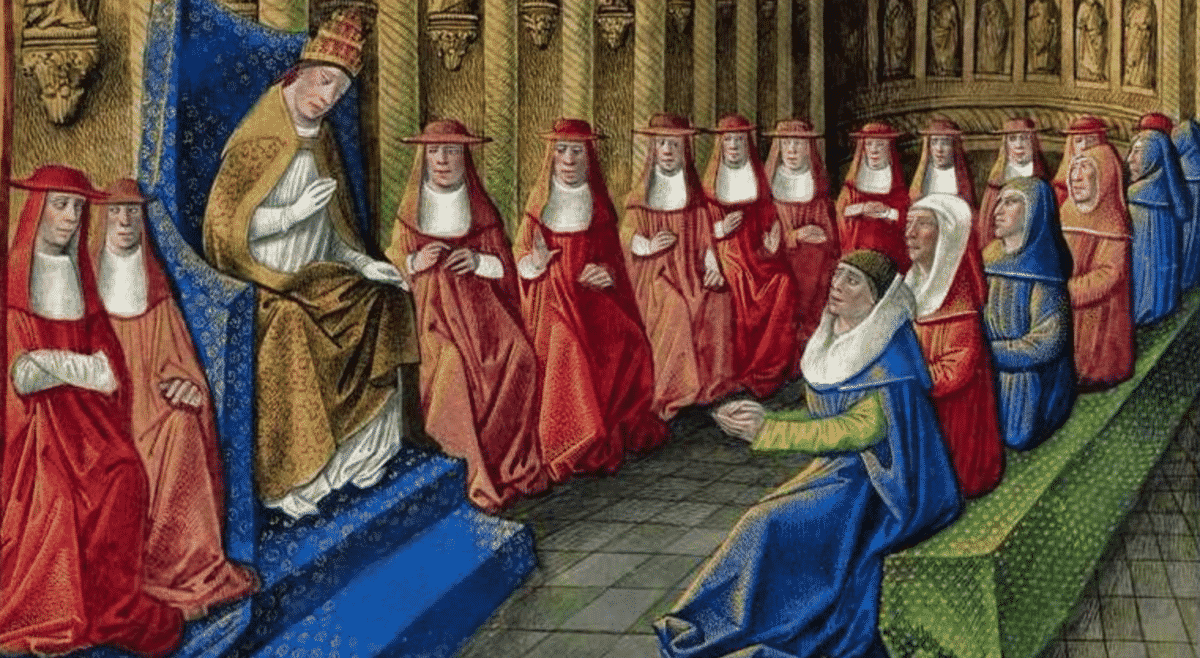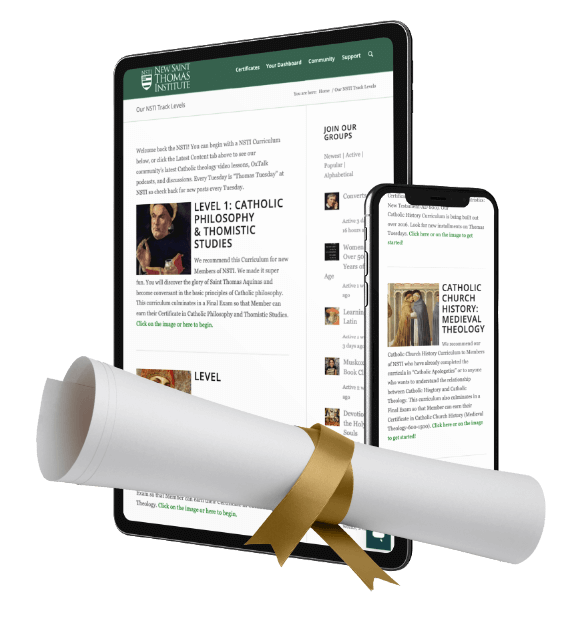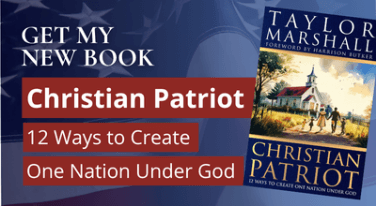History of Catholic Cardinals: Their Power and Number
Having just returned from teaching Roman Church History in Rome, I’ve been reviewing the history of Roman cardinals. Here’s a brief timeline:

- 6th century – In Rome the first cardinals were the seven deacons of the seven regions of the city. The deacons, not the presbyters, had immediate access to the Pope of Rome. This is why deacons in Rome were granted the privilege of wearing a more dignified vestment (the dalmatic) than that of the priest (the chasuble).
- 8th century – The term “cardinal” is attached to the senior priest (pastor) in each of the titular churches of Rome. For the significance of titulus in relation to the churches in Rome, see my book The Eternal City where I relate how the Latin term titulus was used to denote licensed altars in the city of Rome based on the Old Latin (pre-Vulgate) translation of the Old Testament.
- By decree of the Lateran Council of 769, only a cardinal priest or deacon was eligible to become pope. This is no longer the case. Any Catholic male may be elected as Pope. Laity could not participate in the election. Armed men could not be present for papal elections.
- 9th century – Pope Stephen V (816-17) decreed that all 7 cardinal bishops were bound to sing Mass on rotation at the high altar at St. Peter’s Basilica, one every Sunday. He also mentions the distinction of cardinal bishops, cardinal priests, and cardinal deacons.
- 11th century – In 1059, during the pontificate of Nicholas II, cardinal bishops were given the right to elect the pope under the Papal Bull In nomine Domini. Emperors could not nominate candidates or veto a winner. Emperors could still “confirm” the election. Election must take place in Rome. Pope is pope from moment of election and consent and not from coronation or enthronement.
- 12th century – At the Third Lateran Council in 1179 the right to the whole body of cardinals – bishops, priests and deacons – to elect the pope was re-established for the first time in over 100 years.
Also, a 2/3 majority was required for a valid election. - 13th century – In 1244, cardinals were granted the privilege of wearing the red hat by Pope Innocent IV.
Cardinals in Post-Tridentine Era
- The chief clergy of any diocese were often called cardinals. However, the use of the title “cardianl” was reserved for the cardinals of Rome in 1567 by Pope Saint Pius V.
- In 1517, Pope Leo X added 31 additional cardinals, bringing the total to a staggering 65 cadinals!
- Pope Sixtus V (1585-1590) capped the number of cardinals to 70, comprising of:
- 6 cardinal bishops,
- 50 cardinal priests,
- 14 cardinal deacons.
- This was modeled on the Sandhedrin pattern of Moses and the Old Testament – seventy elders to assist in judging Israel.
- During the pontificate of Pope Saint John XXIII, the limit exceeded 70.
- 1965 Pope Paul VI also increased the number of cardinal bishops by giving that rank to patriarchs of the Eastern Catholic Churches.
- In 1970, Pope Paul VI raised the number of cardinal electors at a cap of 120 cardinal electors while at the same time fixing the maximum age for cardinal electors at the age of 80 years. Hence, for the first time in history, elderly cardinals could no longer vote.
- Of the 117 cardinals under the age of 80 at the time of Pope Benedict XVI’s resignation, 115 participated in the conclave of March 2013 that elected his successor. The two who did not participate were Julius Riyadi Darmaatmadja (for health reasons) and Keith O’Brien (following allegations of sexual misconduct).
- As of 9 July 2016, there are a total of 212 cardinals, of whom 113 are cardinal electors under the age 80.
Pray for our current Holy Father Francis of Rome, and pray for our Cardinals who have been chosen by God to elect the next Holy Father.
And I just can’t resist, here’s the video from a week ago of Pope Francis kissing my baby: Click here to watch.
https://youtu.be/5nvvRd8GhkE
What to Watch Next
His Holiness Pope Leo XIV recently spoke about the controversy surrounding immigration in the United States and...
His Holiness Pope Leo XIV has appointed San Diego auxiliary Bishop Ramón Bejarano as the new bishop...
Most of the original 13 States of the United States excluded Jews, Muslims, Pagans, and Atheists from...
SHOP THE TAYLOR MARSHALL STORE
Dive Deeper

GET CONFIDENT IN YOUR FAITH
Explore the fascinating world of Catholic teachings with Dr. Marshall. Together you’ll unpack the brilliant answers the Church gives to tough questions about the Faith. The best part: you go at your own pace. Start this exciting journey today.


 >
>


